Tallukas slippers from Jämsä
Artefact of the month – September 2024
The tallukas slippers were purchased for the collections of the National Museum of Finland (then called the State Historical Museum) in 1912 from Johan (Juho) Viktori Kotikoski (1873–1948), shopkeeper and local heritage enthusiast. Kotikoski’s shop was located in Saakoski, Korpilahti. It served as a home base from which he made ethnological trips around Central Finland to acquire material. Kotikoski acquired artifacts not only for the National Museum, but also for the Häme Museum and the Russian Museum in St Petersburg. Kotikoski also recorded various games and old customs and published a treatise on Häme region Christmas customs and games.
The Jämsä tallukas is a type of footwear made by covering the foot section of woollen socks with cloth and reinforcing them with a sole. The sole consists of several layers of fabric quilted together with a thick twine. Finally, the foot section was tarred. In Jämsä, these tallukas slippers chosen as the object of the month were called tikkatääppä.

Footwear innovation – from rättitöppönen to tallukas
Already in the 18th century and perhaps even earlier, some people in Finland wore rag slippers called rättitöppönen, which were made by sewing pieces of cloth around woollen socks. The soles, in particular, had several layers of fabric, and more layers were added as the slippers wore away. Tallukas slippers are also socks covered with pieces of cloth in a similar manner, but they also have soles reinforced with twine or other material. The word tallukas has also been known in Finland since the 18th century, but there is no information about the sole materials and methods of making the sole used back then.
Cheap to make from recycled materials
Tallukas slippers were popular because they could be made inexpensively from old rags found at home with very simple tools. They were made from recycled materials, usually ones easily available around the house: old woollen socks, rags, linen twine or woollen yarn and tar if needed. The materials were cheap, but the slippers took time and effort to make, so you had to start making them early enough before the winter frosts.
The making of tallukas slippers began at the sole of the foot using a strong fabric, such as tow cloth and burlap fabrics in particular. Several pieces of cloth were laid out on top of each other, usually in four to six layers but sometimes up to 15 layers. The newest and strongest fabric was placed outermost to withstand wear. Pieces of wool were sometimes put between the layers for warmth, or even birch bark to combat damp.
The bottom of the sole was cut to a suitable size and shape with the help of a last, although the edges of the bottom and top layer of fabric were cut a few centimetres wider than the rest. These thinner edges were easier to bend into a cup curving around the foot section. The last was usually straight, that is, with no difference between the left and the right foot, so you only needed one last.

The quilting of the sole was done with twine a few millimetres thick twisted from the finest linen, which was sewn with stitches placed carefully and close together through the layers of fabric starting from the centre of the sole outwards. During the stitching, the sole was shaped like a trough, turning the thinner edges upwards and rounding the heel. The work required strong fingers, as the twine had to be pulled through many layers of fabric. An awl could be used to make a hole through the layers.

Tallukas slippers were crafted around the base of thick woollen socks, sometimes frieze fabric or a thick menswear fabric. In general, old socks were used as their legs were not as worn as the feet, making them still usable for tallukas slippers. Sometimes new socks were knitted for the purpose, perhaps even adding cow hair to the yarn for durability. The socks were usually short-legged, extending slightly past the ankle. The sock was reinforced by placing the last inside the sock and sewing layers of fabric on top of the foot section. The leg section might also be covered with cloth, especially if it was very worn. Finally, the sock and the heel were joined together.
If the slippers were intended to be used on, for example, damp meadows or land used for slash-and-burn cultivation, the foot section was tarred. However, excessive tarring might lead to the slippers becoming cold. The tar was applied in a few thin layers and allowed to dry in between. Tallukas slippers with tarred soles could last up to three winters. In Jämsä, the soles of tallukas slippers were sometimes smeared with a mixture of tar and tallow cooked in a pot.
The heels could also be reinforced with nails. The collection of the National Museum of Finland includes tallukas slippers from Sipoo with nail-reinforced heels and leather soles.

Makers of tallukas slippers
Tallukas slippers were most often made at home in the evenings. The work was usually divided such that women knitted the socks and men sewed the soles. The skill was learned at a young age; in Asikkala, a boy had to know how to make tallukas slippers by the time he turned eleven.
Tallukas slippers could also be bought from a master maker who made a stock of them and went around villages selling them. People who wanted to save on material costs could bring materials to the maker, who then made the footwear to order. Master makers could also go from house to house to make tallukas slippers to fit the feet of the residents of each house. Making tallukas slippers was a side job that brought the maker additional income, but it was not possible to earn a living making them full-time. Professional cobblers did not make tallukas slippers, so there was no competition with them.
Footwear for almost all weathers and occasions
Tallukas slippers were warm winter-time work shoes used in Southern Finland, especially in Satakunta and Häme. Similar footwear was also used elsewhere; equivalents with woven soles were worn, for example, on Saaremaa island in Estonia and elsewhere in Europe.
Tallukas slippers were excellent in freezing temperatures but unsuitable in thawing conditions. In Köyliö, it was said that when the thaw came, tallukas slippers “started to talk” as they got wet. Tallukas slippers were used by both men and women, mainly around the home but, due to their usefulness, they achieved such an accepted status that they could also be worn to church, parties or dances. However, they were not suitable for barn work or manure spreading because they would absorb wet manure.
On very cold days, socks were worn inside tallukas slippers. In winter, men tucked their trouser legs inside the legs of their tallukas slippers, sometimes even tightening them with laces so that the snow could not get inside. Although tallukas slippers were mainly used in winter conditions, they were also useful in summer, in slash-and-burn clearing of forest for cultivation by burning and in haymaking. In slash-and-burn clearing, the footwear had to be wetted so that it would not catch fire. In summer, people usually used old and worn tallukas slippers. Another good thing about tallukas slippers was their airiness; they were warm in winter and cool in summer. Since the last for tallukas slippers made no difference between the right and left foot, they could be used alternately on both feet. Alternating the feet meant that the slippers got worn evenly, which in turn extended their service life.
At first, tallukas slippers were used by both farm owners and tenant farmers but, as their use decreased, people began to see them as footwear for the poor. In Kuhmoinen, there was a circuit song about the social status people who used tallukas slippers.
Tallukas, that pretty shoe, its heel does not make noise,
it will not wake up grandpa, grandma it will not rouse.
I danced in tallukas slippers amid boys who wore real shoes,
I hoped for a pretty girl, but an old widow was the best I could do.
During the periods of austerity in the 20th century, daintier footwear similar to tallukas slippers were developed, and there were courses organised and manuals published on how to make them at home. People still wear tallukas slippers, and many colleges all over Finland organise courses on how to make them.
Sari Tauriainen

Sources
Lehtinen Ildikó, Sihvo Pirkko 2005. Rahwaan puku. Museovirasto, Vammala.
Lehtonen Juhani U. E. Puukengät, rättitöppöset ja tallukkaat. Suomen kansankulttuurin kartasto, Aineellinen kulttuuri, toim. Vuorela Toivo, Suomalaisen Kirjallisuuden Seuran toimituksia 325. Helsinki 1976.
Lehtonen Juhani. Tallukkaat. Suomen museo 1963.
Kauppias J. V. Kotikoski 60-vuotias. Sisä-Suomi, 03.12.1933, nro 279 A. Kansalliskirjaston digitaaliset aineistot.
Virrankoski Pentti 1994. Käsitöistä leivänlisää. Suomen ansiokotiteollisuus 1865–1949. Helsinki.
Vuorela Toivo 1973. Suomalainen kansankulttuuri.
Vuorela Toivo 1981. Kansanperinteen sanakirja. WSOY. Porvoo.
-
2024
-
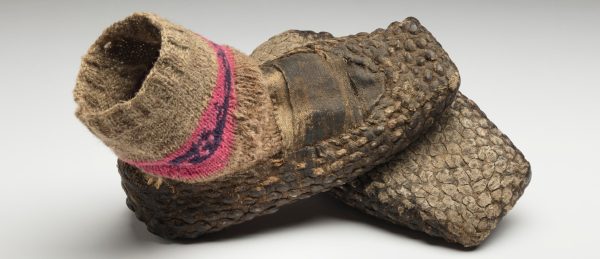 Tallukas slippers from Jämsä
Tallukas slippers from Jämsä
-
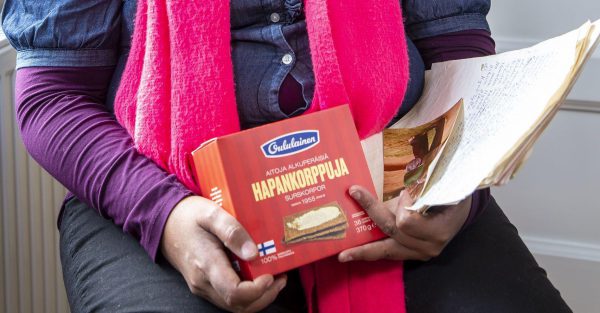 Video interview on the formation of a culturally diverse identity
Video interview on the formation of a culturally diverse identity
-
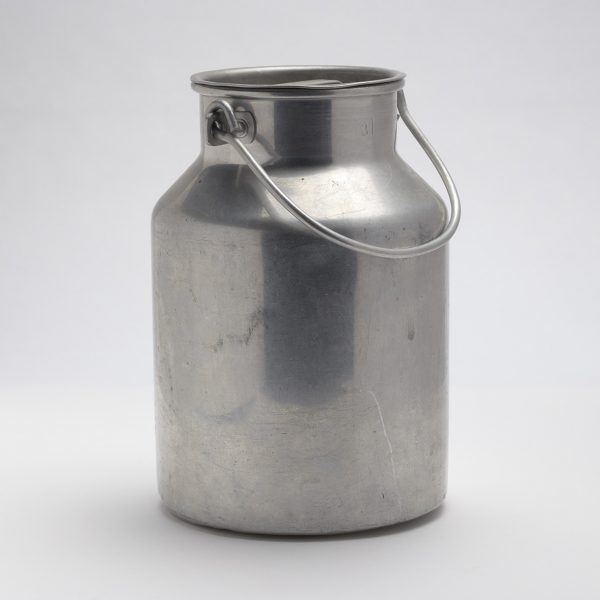 Milk churn – article of daily use and family history memento
Milk churn – article of daily use and family history memento
-
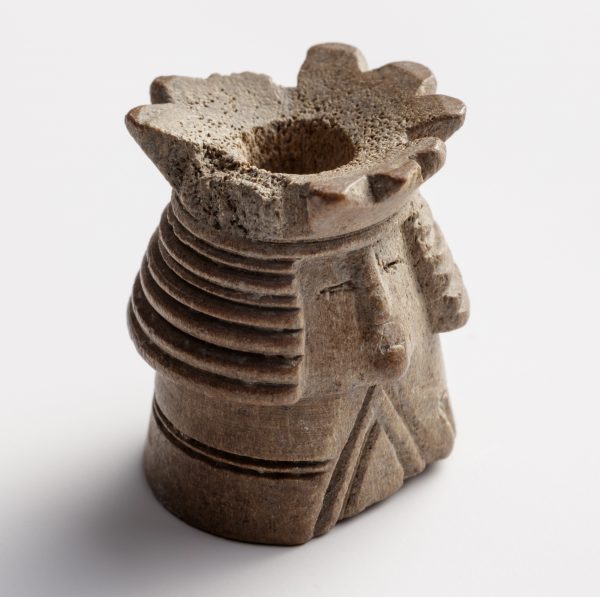 Chess piece from Kuusisto Castle
Chess piece from Kuusisto Castle
-
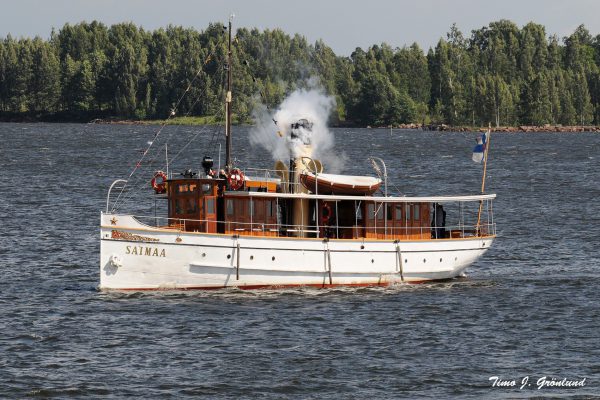 S/S Saimaa
S/S Saimaa
-
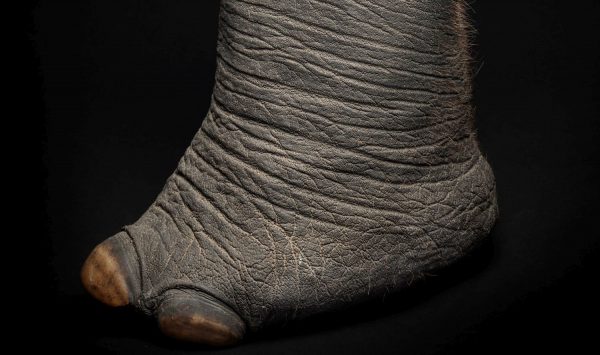 Wastepaper basket made out of an elephant’s foot
Wastepaper basket made out of an elephant’s foot
-
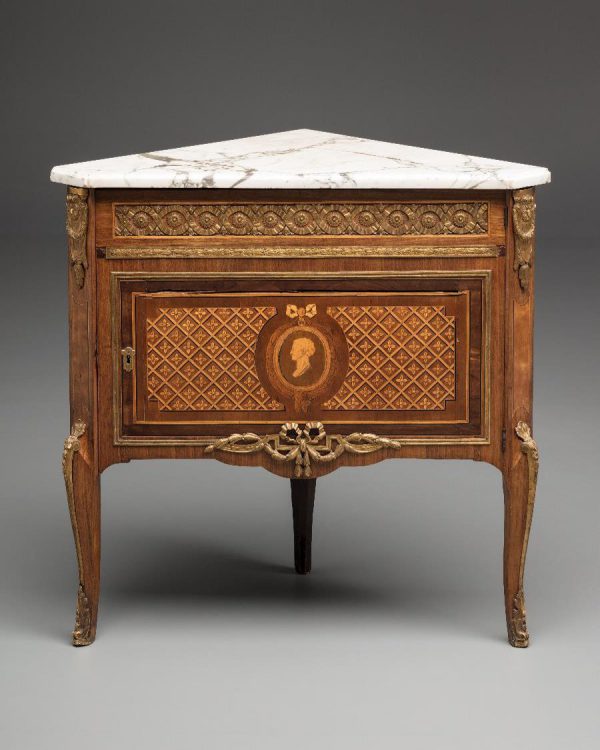 The corner cabinet made by Georg Haupt
The corner cabinet made by Georg Haupt
-
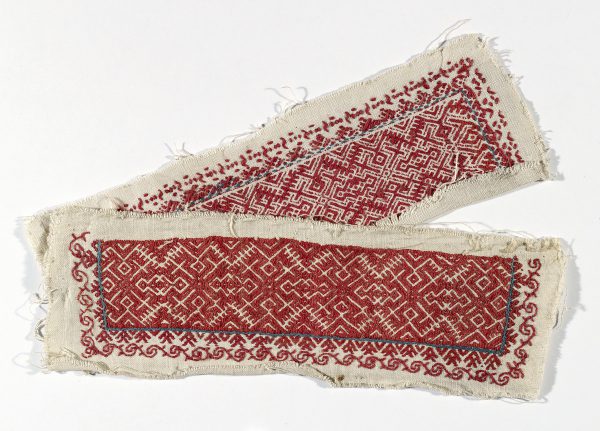 Muiskas from White Karelia
Muiskas from White Karelia
-
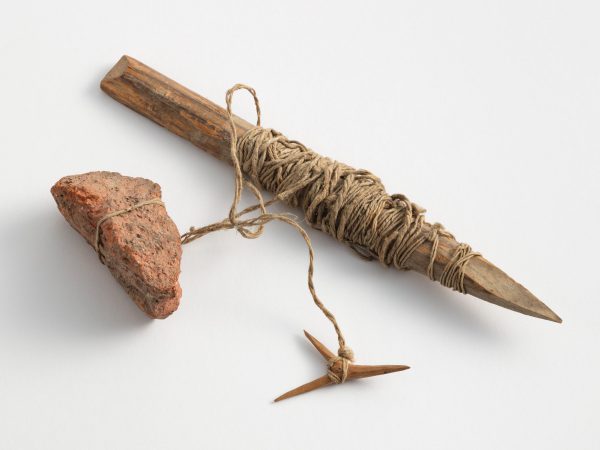 Burbot hook
Burbot hook
-
-
2023
-
2022
-
2021
-
2020
-
2019
-
2018